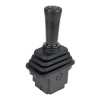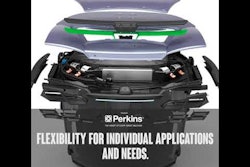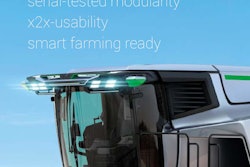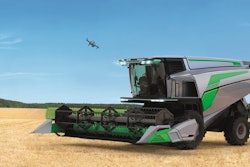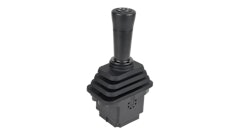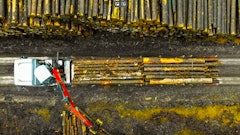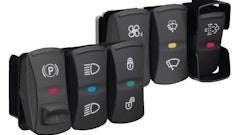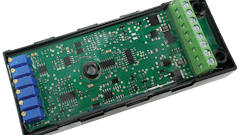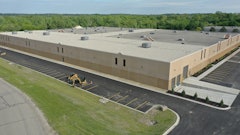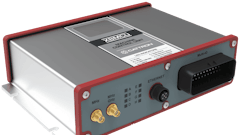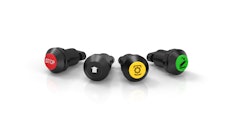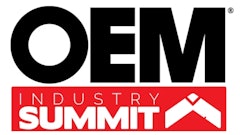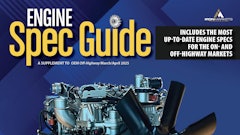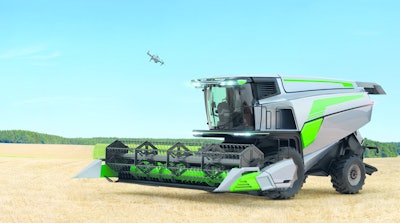
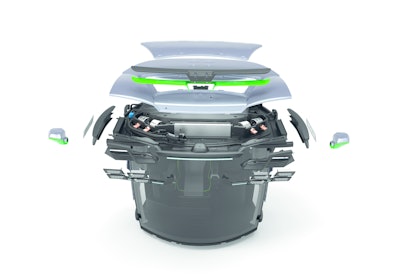 CCC
CCC
The modular nature of the Smart CAB is a key aspect of the CCC project that sought to decrease time and cost of development while still offering flexibility of individual modules. “On the one hand, the cluster partners want to present innovations that meet future demands and expectations of the market and generate high levels of customer benefit,” says Mathias Berger, Sales Director Agriculture of Robert Bosch GmbH. “On the other hand, users are able to choose precisely those elements that are suited to their needs.”
Looking to the future, the Smart CAB project ensured smart farming readiness with data-sharing capabilities such as being able to upload vehicle settings adjusted to specific conditions in the soil, field and environmental conditions. The ability to integrate new components is ensured by the cab’s high-performance body computer, created and installed by Bosch, that includes CAN, LIN, analogous and digital interfaces. Smart phone integration and drone applications were able to be demonstrated while the cab was on display at Agritechnica.
Safety considerations
One of the key concerns of any operator environment on heavy-duty equipment is safety. One of the CCC’s supplier members, HELLA, provided the various lighting and electronics concepts for the Smart CAB, such as its Matrix worklights and VISIOTECH projector system.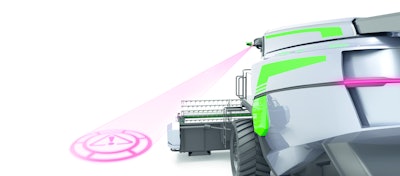 HELLA's VISIOTECH projector systemCCC
HELLA's VISIOTECH projector systemCCC
The segmentation of the Matrix worklights allows certain areas to be dimmed to minimize glare for other vehicles in the field. A light reference sensor within the light reduces auto-glare that dust or auxiliary equipment and oncoming vehicles can cause.
An eye-tracking camera is integrated into the roof, traces the driver’s line of sight and dims the light in the remaining work area, leaving only the light in the areas the driver needs to see for work functions.
For more on HELLA’s advanced lighting solutions, as well as other lighting trends in the heavy-duty vehicle space, read Illuminating a Safer Work Environment at www.oemoffhighway.com/20987416.
The additional HELLA contribution, the VISIOTECH projector system, enables the vehicle to communicate with the outside environment by projecting warning signals or other designs onto the ground for visual alerts to nearby vehicles or workers.
Operator comfort
The Smart CAB’s human-centered design mission focused intensely on the growing expectations of operator comfort, intuition of controls and ergonomics. Ultimately, the cab has become the quintessential determiner of a vehicle’s innovation. How an operator perceives his experience working with a vehicle all stems from the interfaces, technology, features and comfort he or she is able to enjoy while putting in a long day on the jobsite.
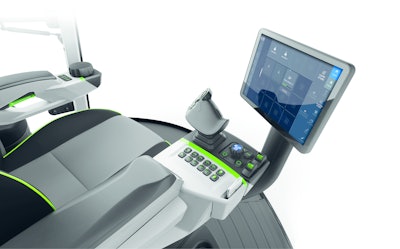 Close-up of the Smart CAB's HMI system contribution from Grammer.CCC
Close-up of the Smart CAB's HMI system contribution from Grammer.CCC
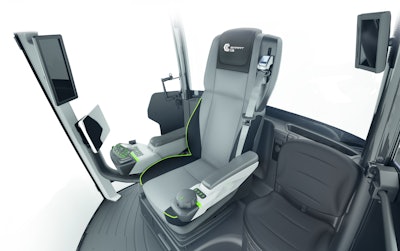 Additional interior viewCCC
Additional interior viewCCC
The Smart CAB driver’s seat has numerous electrically adjustable comfort features with memory functions like fore/aft and height adjustment, backrest tilt, seat cushion depth, seat angle and shoulder rest adjustments. The seat even has climate control and a massage function. The adjustments are all controllable from the display fitted into the armrest, which removes the need for conventional manual controls, though the modular nature of the cab design does allow for a cabin to be outfitted with conventional joysticks and switches to fit any customer’s wishes.
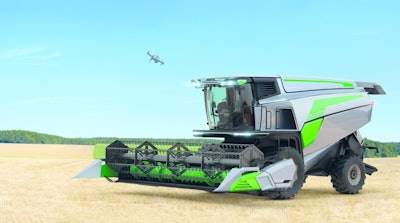 LUMOD
LUMOD
Read more details on the systems and technologies that make up the Smart CAB with a free download of the CCC’s Brochure at www.oemoffhighway.com/20994871.

